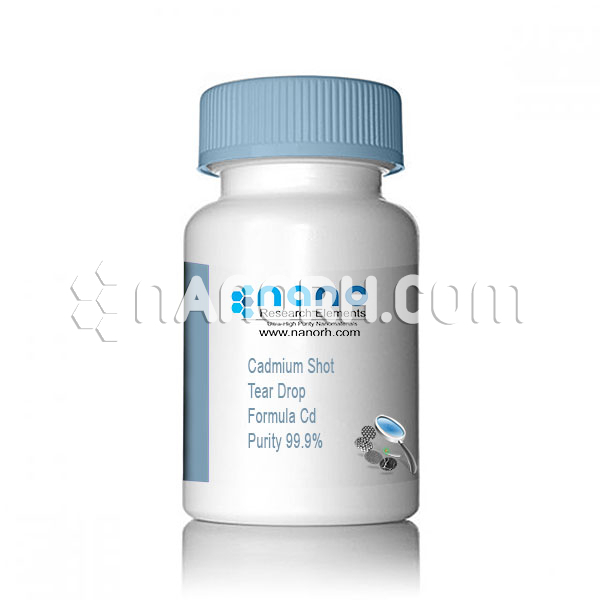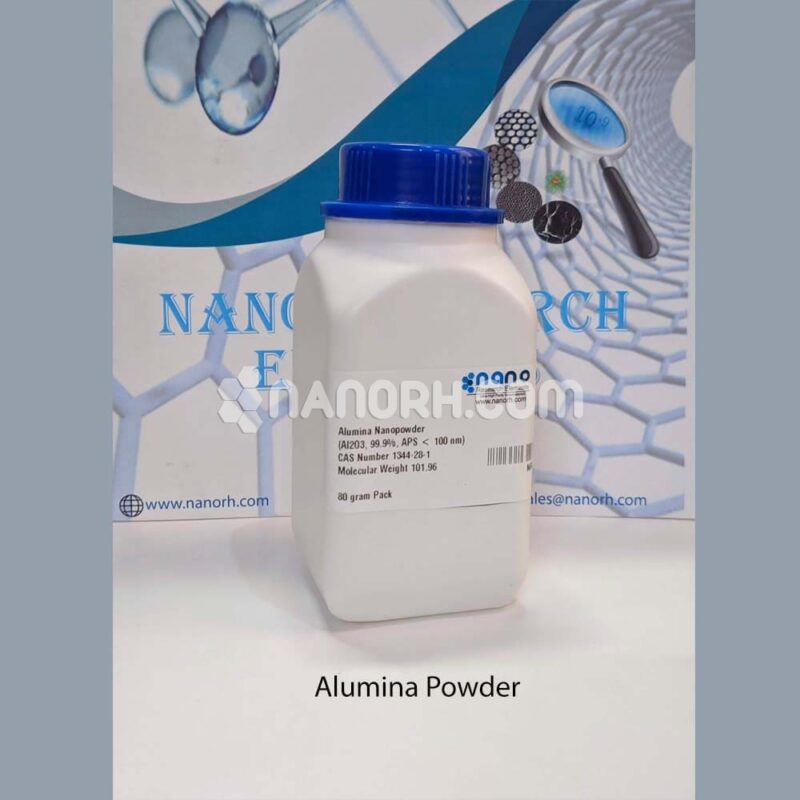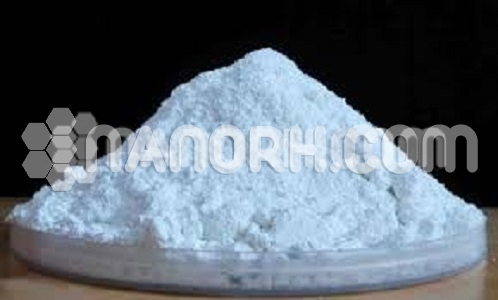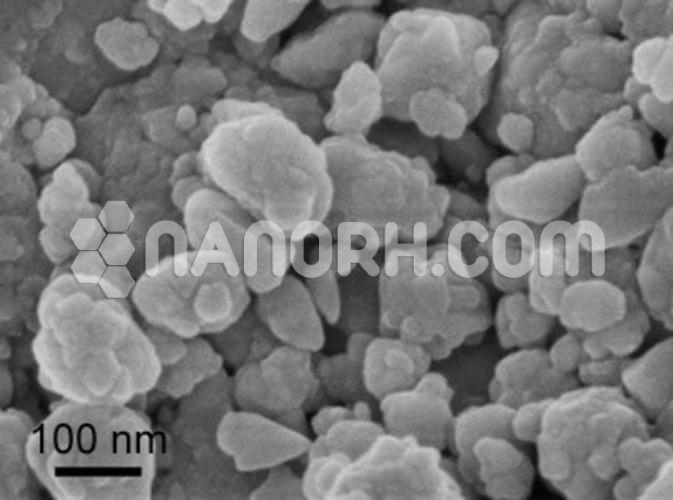| Cadmium Shot Tear Drop | |
| Product Number | NRE-8007 |
| CAS No. | 7440-43-9 |
| Formula | Cd |
| Molecular Weight | 112.411 g/mol |
| APS | 1-2 mm (Can be Customized) |
| Purity | 99.9% |
| Colour | grey |
| Density | 8.65 g/cm3 |
| Melting Point | 321.1 °C |
| Boiling Point | 766.8 °C |
Cadmium Shot Tear Drop
Cadmium is a toxic metal, and its use is heavily regulated in many countries due to its adverse health and environmental effects. As a result, its applications are limited, and its use is declining. However, there are still some niche applications for cadmium coarse powder in various industries. It’s important to note that the use of cadmium should be minimized or replaced with less harmful alternatives whenever possible. Here are some historical and potential applications for cadmium coarse powder:
- Electroplating: Cadmium was historically used in electroplating processes to provide a corrosion-resistant coating on steel and other metals. However, this use has decreased due to environmental concerns, and alternatives like zinc and nickel are more commonly used today.
- Batteries: Cadmium-based rechargeable batteries, specifically nickel-cadmium (NiCd) batteries, were once widely used in various applications. However, they have largely been replaced by nickel-metal hydride (NiMH) and lithium-ion batteries, which are more environmentally friendly.
- Solder: Cadmium-based solders were used in some specialized applications, such as in the aerospace industry, due to their high-temperature capabilities. However, these solders have largely been phased out in favor of lead-free alternatives.
- Pigments: Cadmium compounds were historically used to produce pigments for paints, plastics, and ceramics, known as cadmium pigments. These pigments provided bright and stable colors but have been largely replaced by less toxic alternatives.
- Nuclear Reactors: Cadmium has been used in control rods for some types of nuclear reactors to regulate the rate of nuclear fission. However, there are alternative materials available for this purpose, and the use of cadmium in nuclear applications is declining.
- Phosphors: Cadmium sulfide (CdS) is used in some types of phosphors for fluorescent lamps and cathode ray tubes (CRTs). However, these technologies are also becoming less common as LED and LCD technologies take over the market.
- Corrosion Inhibitors: In some specialized applications, cadmium-based coatings or compounds were used as corrosion inhibitors to protect metal surfaces. Alternatives that are less toxic and more environmentally friendly are preferred today.




